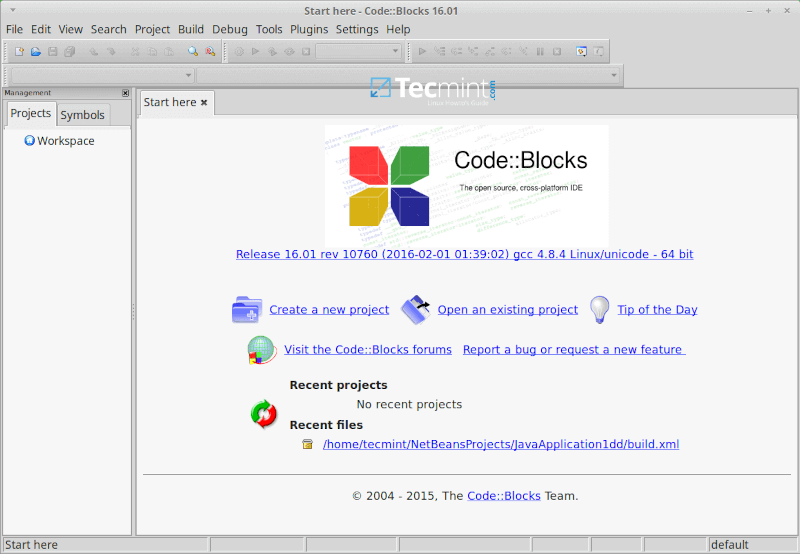Best Cc Ide For Mac
Introduction This tutorial will walk you through downloading, installing, and testing the (also known as the Arduino IDE - short for Integrated Development Environment). Before you jump to the page for your operating system, make sure you've got all the right equipment. What you will need: • A computer (Windows, Mac, or Linux) • An Arduino-compatible microcontroller (anything from should work) • A USB A-to-B cable, or another appropriate way to connect your Arduino-compatible microcontroller to your computer (check out this if you're not sure which cable to get). Windows This page will show you how to install and test the Arduino software with a Windows operating system (Windows 8, Windows 7, Vista, and XP).
• Go to the Arduino and download the latest version of the Arduino software for Windows. • When the download is finished, un-zip it and open up the Arduino folder to confirm that yes, there are indeed some files and sub-folders inside.
Serial key. Sublime Text is a sophisticated text editor for code, markup and prose. Goto Anything menu, xcc is used to select the file xla_compilation_cache.cc, @ switches to symbol mode, and:c. Sublime Text is available for Mac, Windows and Linux.
The file structure is important so don't be moving any files around unless you really know what you're doing. • Power up your Arduino by connecting your Arduino board to your computer with a USB cable (or FTDI connector if you're using an Arduino pro). You should see the an LED labed 'ON' light up. ( shows the placement of the power LED on the UNO). Drivers for Arduino Uno on Windows Installing the Drivers for the Arduino Uno (from Arduino.cc) • Plug in your board and wait for Windows to begin it's driver installation process • After a few moments, the process will fail, despite its best efforts • Click on the Start Menu, and open up the Control Panel • While in the Control Panel, navigate to System and Security.
Next, click on System • Once the System window is up, open the Device Manager • Look under Ports (COM & LPT). You should see an open port named 'Arduino UNO (COMxx)'. If there is no COM & LPT section, look under 'Other Devices' for 'Unknown Device'.

• Finally, navigate to and select the Uno's driver file, named 'ArduinoUNO.inf', located in the 'Drivers' folder of the Arduino Software download (not the 'FTDI USB Drivers' sub-directory). If you cannot see the.inf file, it is probably just hidden. You can select the 'drivers' folder with the 'search sub-folders' option selected instead. • Windows will finish up the driver installation from there For earlier versions of the Arduino boards (e.g. Arduino Duemilanove, Nano, or Diecimila) check out for specific directions. Drivers for RedBoard on Windows If you are using a RedBoard programmed for Arduino, please go to, for specific instructions on how to install the drivers. Mac This page will show you how to install and test the Arduino software on a Mac computer running OSX.
• Go to the Arduino and download the latest version of the Arduino software for Mac. • When the download is finished, un-zip it and open up the Arduino folder to confirm that yes, there are indeed some files and sub-folders inside. The file structure is important so don't be moving any files around unless you really know what you're doing. • Power up your Arduino by connecting your Arduino board to your computer with a USB cable (or FTDI connector if you're using an Arduino pro). You should see the an LED labed 'ON' light up.